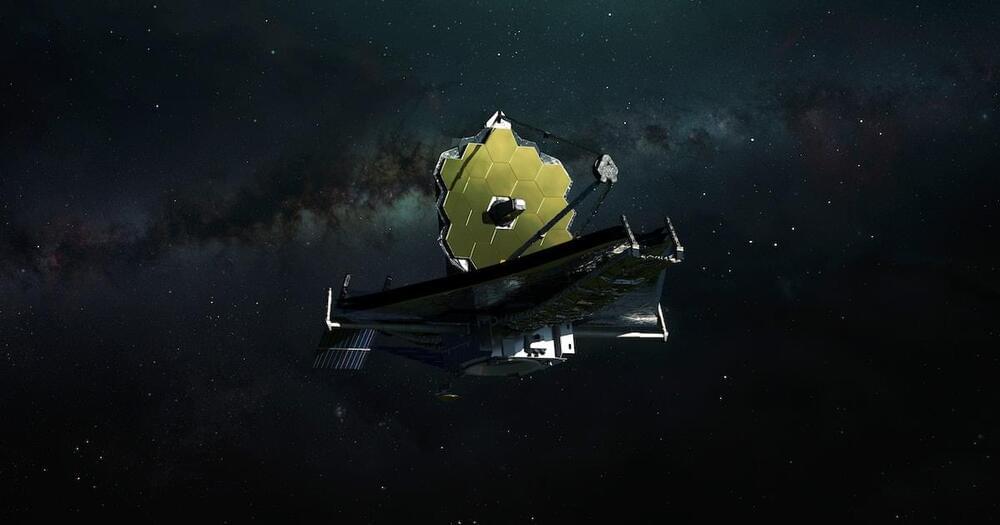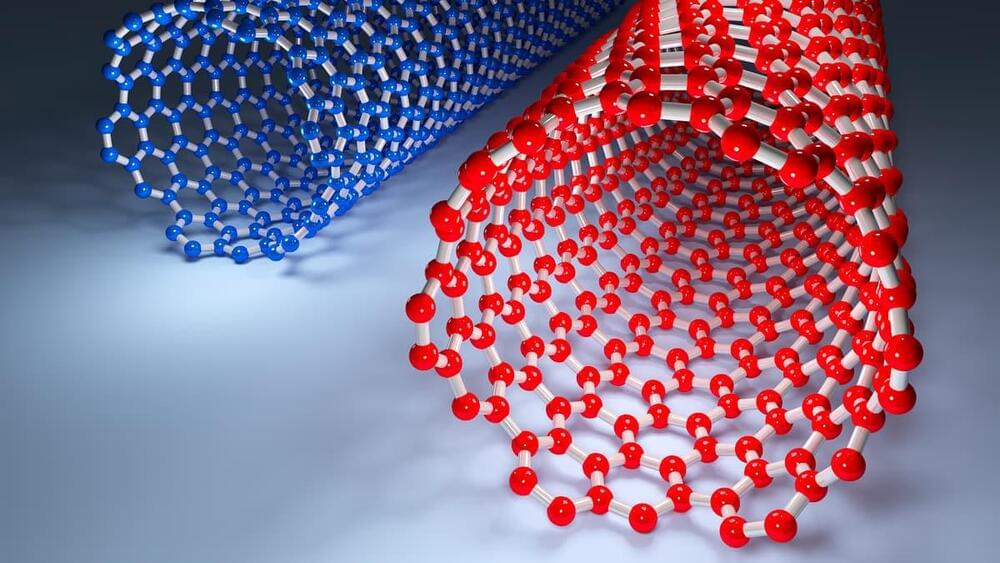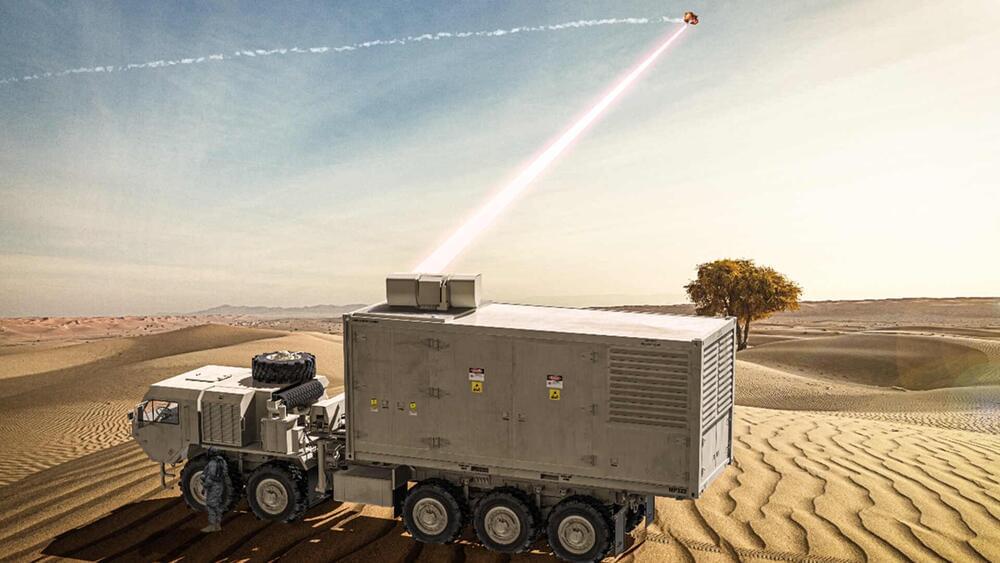Sailing on light pressure to Near Earth Asteroid (NEA) 2020 GE NEA Scout will be the first mission to use solar light as propulsion to reach a destination in space. It will be launched to the moon by NASA’s Artemis I Space Launch System rocket and sail from there to the asteroid. Learn about this exciting mission directly from Dr. Les Johnson, the Principal Investigator of the light sail.
Worm-hole generators by the pound mass: https://greengregs.com/
For gardening in your Lunar habitat Galactic Gregs has teamed up with True Leaf Market to bring you a great selection of seed for your planting. Check it out: http://www.pntrac.com/t/TUJGRklGSkJGTU1IS0hCRkpIRk1K
Awesome deals for long term food supplies for those long missions to deep space (or prepping in case your spaceship crashes: See the Special Deals at My Patriot Supply: www.PrepWithGreg.com.





